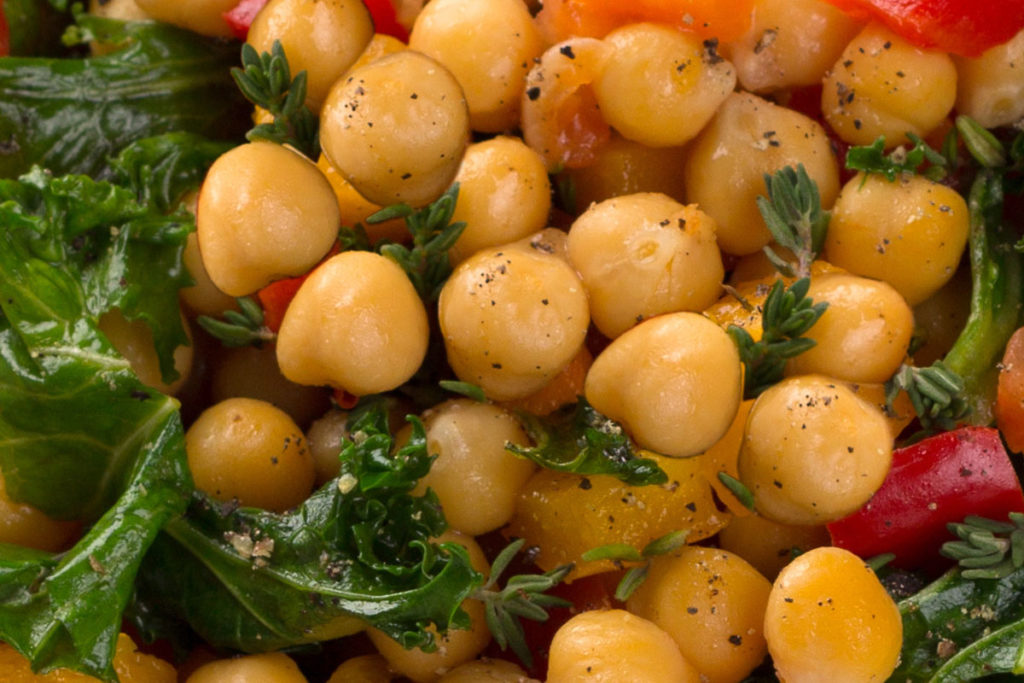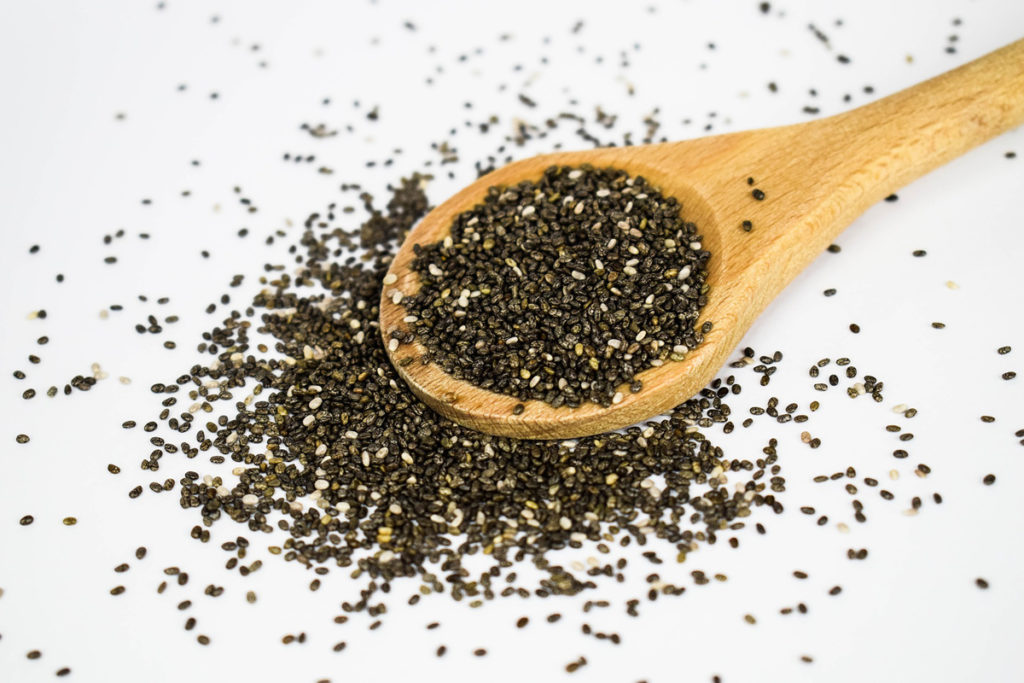Athletes and Protein
As an athlete, you want to make sure you fuel your body in a way that supports performance in your sport—and life. How much and what kind of protein is best?
Natalie Digate Muth, MD, MPH, RD, a graduate of the University of North Carolina School of Medicine, a registered dietitian and an American Council on Exercise master trainer, offers practical tips on how to choose protein sources.
Several scales are used to evaluate protein quality. However, the most widely used and most accepted method is called the protein digestibility–corrected amino acid score (PDCAAS). The proteins with the highest (i.e., best) PDCAAS scores are whey, casein, egg, milk and soy proteins (Hoffman & Falvo 2004). Beef comes in next, followed by black beans, peanuts and wheat gluten (Hoffman & Falvo 2004). Fruits, vegetables, grains and nuts are incomplete proteins and must be combined over the day to ensure adequate intake of each of the essential amino acids.
While no one type of protein is best for everyone, bear these points in mind:
Protein Does Not Exist in a Vacuum. Remember that other macronutrients also come into play. For example, while beef is a fairly good protein source, it is also high in saturated fat and calories. For example, a 6-ounce broiled porterhouse steak contains 38 grams (g) of protein, but it also delivers 44 g of fat, 16 of them saturated—almost three-fourths of the recommended daily intake for saturated fat. The same amount of salmon gives you 34 g of protein and only 18 g of fat, 4 of them saturated (Harvard School of Public Health 2009).
Different Proteins Are Better at Different Times. For example, whey protein is digested rapidly, resulting in a short burst of amino acids into the bloodstream, whereas casein is digested slowly, resulting in a more prolonged release of amino acids (Dangin et al. 2002). If the goal is for amino acids to be available for muscle regeneration immediately following a workout, you should time your protein intake accordingly.
A High-Protein Diet Is Not for Everybody. Individuals with pre-existing illnesses such as kidney disease, osteoporosis, diabetes or liver disease should consult with their physician prior to adopting a high-protein diet (St. Jeor et al. 2001).
Resistance training and cardiovascular exercise induce beneficial muscular and structural damage. Because protein helps the muscles and tissues repair and rebuild themselves, the American Dietetic Association (ADA), Dietitians of Canada (DOC) and the American College of Sports Medicine (ACSM) suggest that athletes have higher protein needs than the general population. These agencies advise endurance athletes to consume about 1.2–1.4 grams per kilogram (g/kg) (0.5–0.6 grams per pound [g/lb]), whereas strength-trained athletes should consume up to 1.6–1.7 g/kg (0.7–0.8 g/lb) (ADA, DOC & ACSM 2000).
Source: American Dietetic Association (ADA), Dietitians of Canada (DOC) & American College of Sports Medicine (ACSM). 2000. Position of the American Dietetic Association, Dietitians of Canada, and the American College of Sports Medicine: Nutrition and athletic performance. Journal of the American Dietetic Association, 100 (12), 1543–56.
courtesy of
This handout is a service of IDEA, the leading international membership association in the health and fitness industry, www.ideafit.com.
References
Dangin, M., et al. 2002. Influence of the protein digestion rate on protein turnover in young and elderly subjects. Journal of Nutrition, 132, 3228S–33S.
Harvard School of Public Health. 2009. The Nutrition Source. Protein: Moving closer to center stage. www.hsph.harvard.edu/nutritionsource/what-should-you-eat/protein-full-story/index.html; retrieved Jan. 13, 2009.
Hoffman, J.R., & Falvo, M.J. 2004. Protein: Which Is best? Journal of Sports Science & Medicine, 3, 118–30.
St. Jeor, S.T., et al. 2001. Dietary protein and weight reduction: A statement for healthcare professionals from the nutrition committee of the Council on Nutrition, Physical Activity, and Metabolism of the American Heart Association. Circulation, 104, 1869–74.




